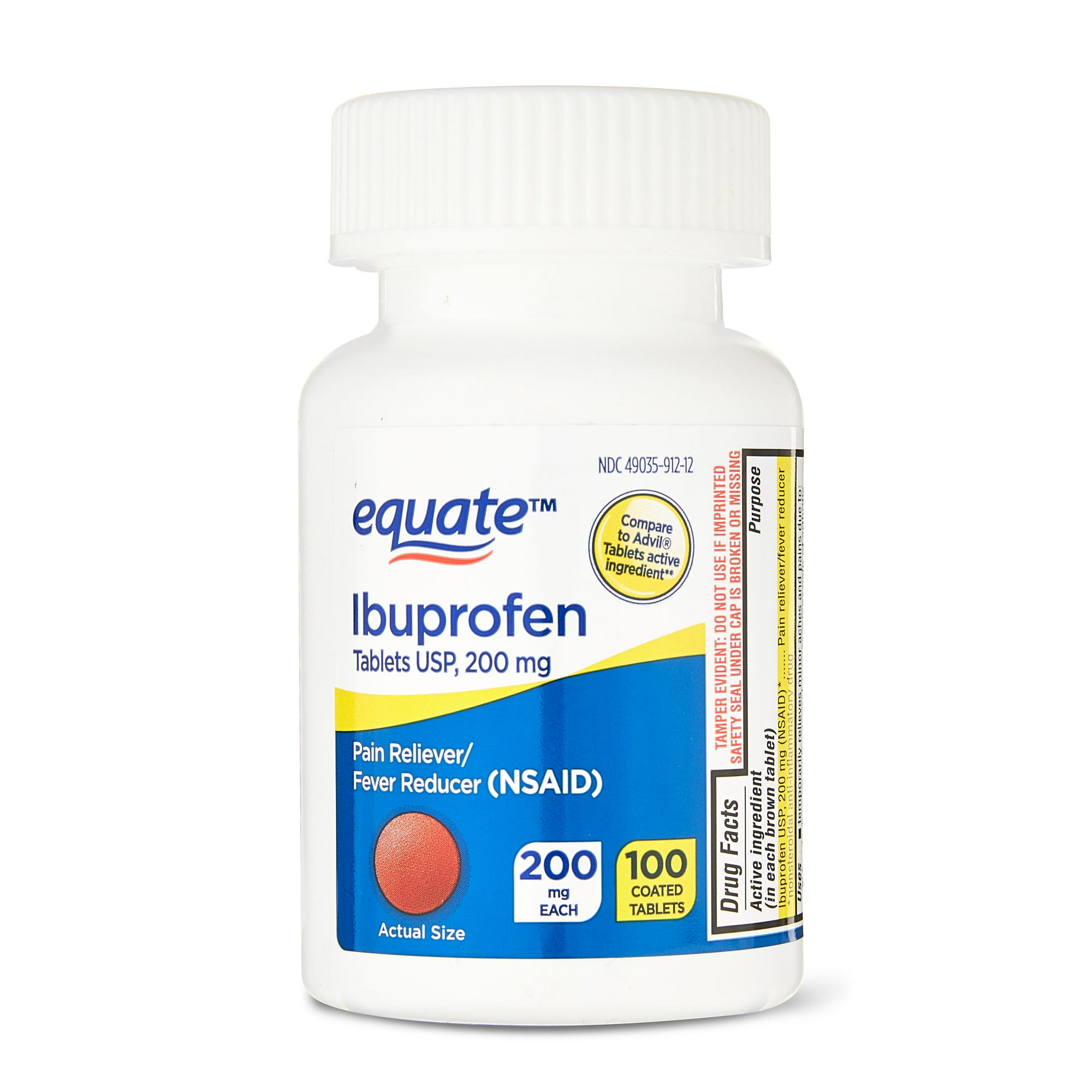What are the symptoms of synovitis?
Synovitis is inflammation of the synovial membrane, which lines the joints. The symptoms of synovitis can vary based on the severity and underlying cause, but common symptoms include:
- Joint Pain: Pain in the affected joint, which may be constant or worsen with movement.
- Swelling: Noticeable swelling or puffiness around the joint due to fluid accumulation.
- Stiffness: Reduced range of motion and stiffness, especially noticeable in the morning or after periods of inactivity.
- Warmth: The affected joint may feel warm to the touch due to inflammation.
- Redness: The skin over the joint may appear red or inflamed.
- Tenderness: The joint may be tender or sensitive when touched or pressed.
- Joint Instability: The joint might feel unstable or weak, making it difficult to bear weight or perform certain movements.
- Fever: In cases where the synovitis is due to an infection, there may be accompanying symptoms like fever and malaise.
If you experience these symptoms, especially if they persist or worsen, it’s important to seek medical evaluation. Synovitis can be caused by various conditions, including arthritis, infection, or injury, and proper diagnosis is essential for effective treatment.
What are the causes of synovitis?
Synovitis, or inflammation of the synovial membrane, can be caused by various factors, including:
- Arthritis: Both osteoarthritis and rheumatoid arthritis can lead to synovitis. Inflammatory types of arthritis, such as rheumatoid arthritis and psoriatic arthritis, are particularly known for causing synovitis.
- Injury or Trauma: Joint injuries, such as sprains, strains, or fractures, can cause inflammation of the synovial membrane.
- Infection: Bacterial, viral, or fungal infections can lead to septic synovitis, where the infection causes inflammation in the synovial membrane.
- Gout: This type of inflammatory arthritis, caused by the accumulation of uric acid crystals in the joint, can lead to acute synovitis.
- Autoimmune Diseases: Conditions like systemic lupus erythematosus (SLE) or Behçet’s disease, which involve the immune system attacking the body’s own tissues, can result in synovitis.
- Bursitis: Inflammation of the bursae (fluid-filled sacs that cushion joints) can sometimes lead to synovitis, especially if the bursa is located near a synovial joint.
- Overuse or Repetitive Stress: Repeated use or stress on a joint from activities such as sports or certain occupations can lead to chronic synovitis.
- Crystal Deposits: Besides gout, other crystal-related conditions like pseudogout (caused by calcium pyrophosphate dihydrate crystals) can result in synovitis.
- Systemic Diseases: Conditions that affect the entire body, such as vasculitis (inflammation of blood vessels), can involve synovitis as part of their broader symptoms.
- Post-Surgical or Post-Traumatic: After joint surgery or significant trauma, inflammation of the synovial membrane can occur as part of the healing process or due to complications.
Diagnosing the underlying cause of synovitis typically involves a combination of medical history, physical examination, imaging studies (such as X-rays or MRI), and laboratory tests to determine the most appropriate treatment.
What is the treatment for synovitis?
The treatment for synovitis aims to reduce inflammation, relieve symptoms, and address the underlying cause. The specific approach depends on the severity, cause, and overall health of the patient. Common treatment options include:
- Rest and Activity Modification: Resting the affected joint and avoiding activities that exacerbate symptoms can help reduce inflammation. Modifying activities to reduce strain on the joint may also be beneficial.
- Medications:
- Nonsteroidal Anti-Inflammatory Drugs (NSAIDs): Over-the-counter or prescription NSAIDs can help reduce pain and inflammation.
- Corticosteroids: Oral or injected corticosteroids may be prescribed to reduce severe inflammation and swelling.
- Disease-Modifying Anti-Rheumatic Drugs (DMARDs): For inflammatory types of arthritis, DMARDs may be used to slow disease progression.
- Physical Therapy: A physical therapist can develop a personalized exercise program to improve joint function, strengthen surrounding muscles, and increase range of motion. They may also use modalities such as heat or cold therapy to alleviate symptoms.
- Joint Injections: Corticosteroid injections directly into the affected joint can provide significant relief from inflammation and pain.
- Aspiration (Arthrocentesis): In cases where fluid accumulation is significant, a needle may be used to withdraw excess fluid from the joint. This can relieve pressure and provide both diagnostic and therapeutic benefits.
- Surgery: If conservative treatments are not effective and the synovitis is severe or chronic, surgical options might be considered. Procedures may include cleaning out the joint (synovectomy) or addressing underlying structural issues.
- Treatment of Underlying Conditions: Addressing any underlying cause of synovitis, such as infection or an autoimmune condition, is crucial. This may involve antibiotics, antiviral medications, or treatments specific to the underlying disease.
- Lifestyle Modifications: Managing weight, using joint protection techniques, and incorporating ergonomic adjustments into daily activities can help reduce stress on the affected joint and prevent recurrence.
Consulting with a healthcare professional is important to determine the appropriate treatment plan based on the specific circumstances of the individual.

Leave a Reply
You must be logged in to post a comment.